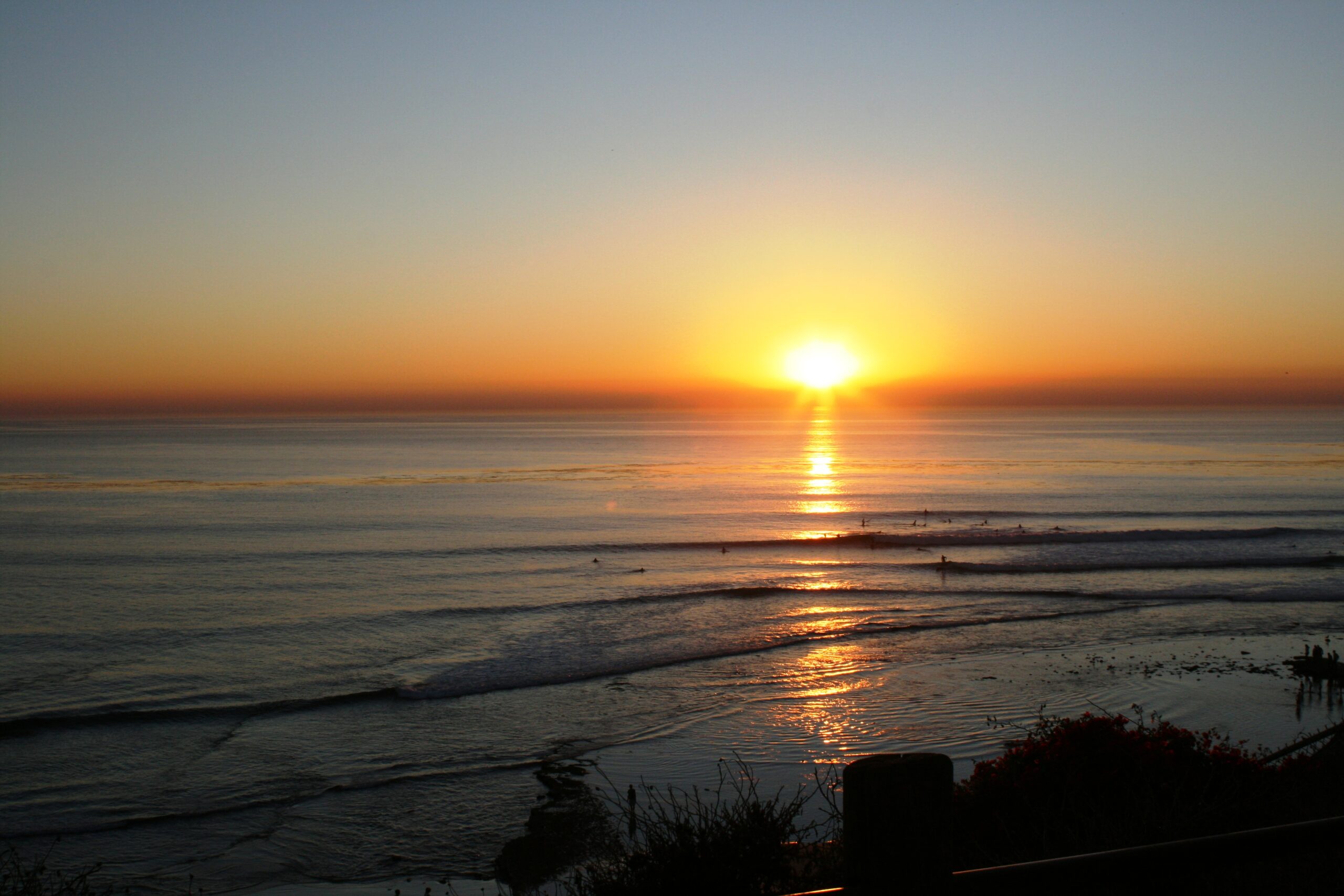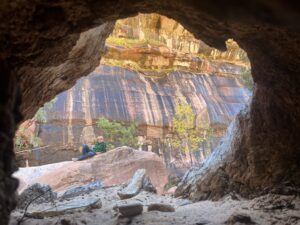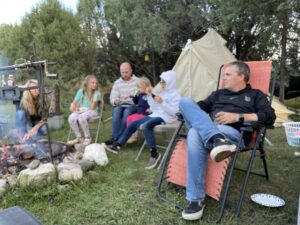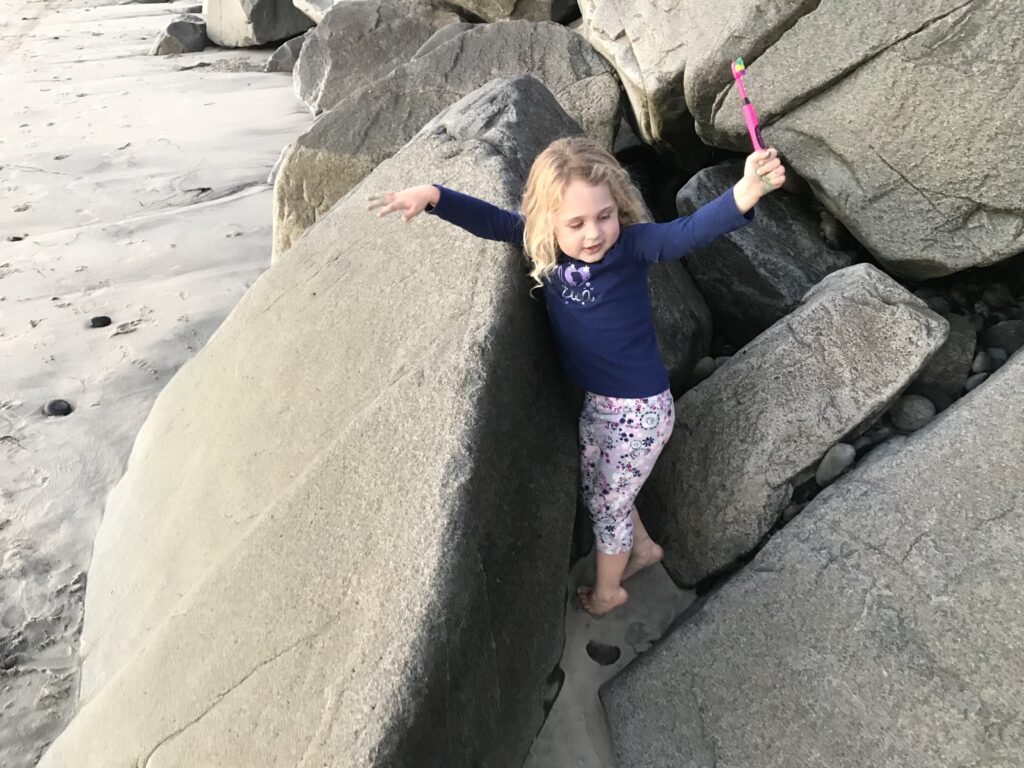
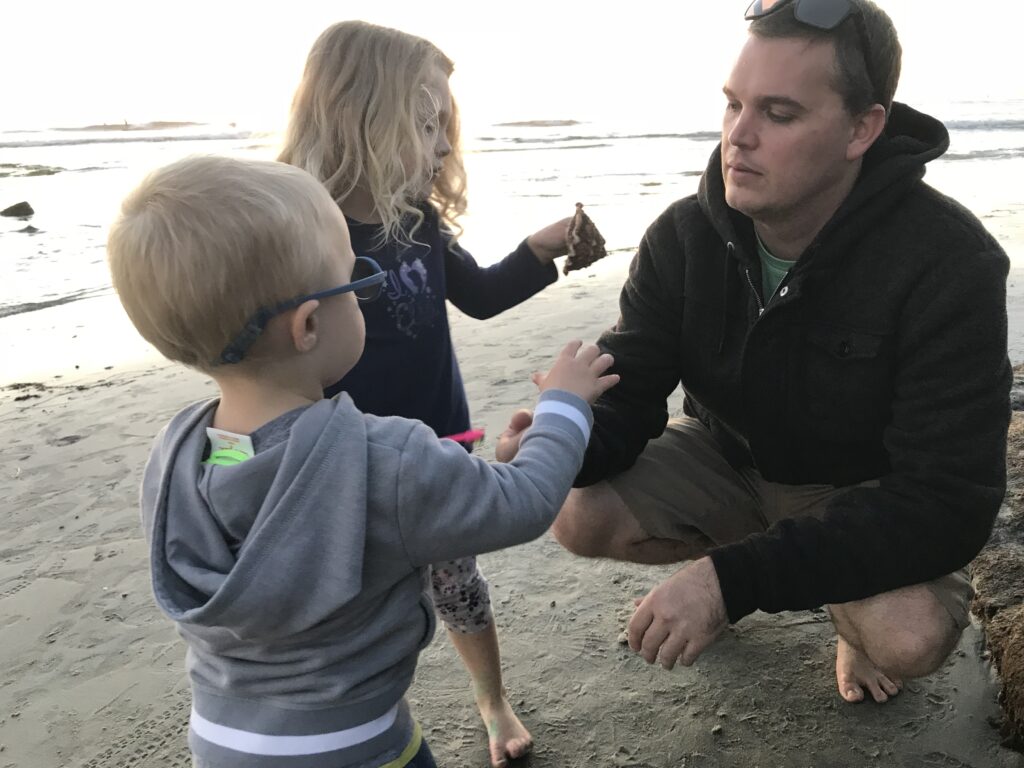

Taking the kids to the beach and visiting the tide pools is one of my favorite things to do. Unfortunately, not all beaches are kid friendly. Kids have unique needs when they are on the beach and if we, as parents, do not pay attention to them it can be a really difficult day. Picking the right beach is the most important thing you can do.
We have preferred locations for different activities. Each location offers something the others do not. I always check the surf conditions prior to making a final decision as well. There are numerous websites that offer live webcams and charts to help you plan your beach trip. A few of my favorites are –
1. Surfline: it offers a paid subscription as well as some free access to cameras for several surf able spots. They incorporate tide charts, wind charts, swell charts and long range forecasts. The even have a decent travel site to give you some local knowledge about the locations.
2. Magic Seaweed: a toned down version of Surfline with much of the same information.
3. NOAA: this is for the weather nerds out there. This is where most of the other sites obtain their body information from. The site has very detailed atmospheric models and table formatted body data that will likely be overwhelming to most casual users. Some of the atmospheric models include animations with long range forecasts and can be fun to play with.
When we decide to travel to the beach or tide pools, we decide what activity we want to maximize. Most of the time it’s a combination of surfing and playing with the kids, but lately my son has been wanting to learn to surf more. This means I need decent surf and something to occupy the minions. I typically opt for a flatter sand bar so the kids can ride the shore break without getting dumped directly on the sand. However, I cannot stress the fun they have in the tide pools.
The problem with big sandy beaches is the infamous sting rays. If your kids have ever had a splinter or stubbed their toe, a sting ray is exponentially worse. To minimize risk, I try to avoid places like river jetties, inlets, piers, or other lagoons when I have kids with me. Finding a decent reef is always an option but you trade the sting ray for the rocky bottom.
I have found that some beaches balance both a sandy inside area with an outside reef break. One of our favorite beaches is called Swamis. It is located in the northern part of San Diego county, in a town called Encinitas. Encinitas is a sleepy little beach town with a really family friendly vibe to it. Most of the parking is free and not metered, and the beaches are not quite as touristy as places like Mission Bay. Aside from the great surf, the tide pools are great on a low tide. This eliminates several issues that can arise from a poorly planned beach trip.
Parking at Swamis is typically the first hurdle. The main parking lot is almost always filled to capacity. It doesn’t help that it only holds a handful of cars. We drive a large sprinter van, and it is exceptionally difficult to maneuver through the lot. In fact, when we take the sprinter down there, I don’t event attempt the lot. I opt for the street parking. There is some parking across the way on the other side of the railroad tracks that can accommodate larger vehicles like a sprinter. The access to that side is on a road called Vulcan. You have to access Vulcan further down the way since there is no direct access to it from PCH at the entrance of Swamis.
The other alternative is to park around the corner from it and make the walk. I really recommend packing light due to the length of the walk. There is also the issue with the stairs to actually access the beach. If you are not comfortable with lots of stairs, you should drive farther south and park on PCH near the camp ground. There is a walking path on the north end of the camp ground that will dump you on the sand at the south end of Swamis.
I highly recommend checking out the main point at Swamis on a low tide, where the main tide pools are. Preferably when the tide is negative, but anything under 1 foot will expose the tide pools. You can often see the usual suspects here like crabs, starfish, and sea anemones. I have seen lobster get caught in the tide pools as well as the occasional octopus. Please be respectful to the animals and use the opportunity to teach your kids as opposed to letting them poke and prod all the creatures.
I remember being a kid and jamming my finger in to every single sea anemone I could find at low tide. It wasn’t until later in life that I realized why they squirted water out. If you don’t know, its because they hold on to the water so they can stay wet when the tide goes out. By squeezing them and expelling all the water, it can dry them out and harm them. The sea anemones are not poisonous here and if their tentacles are out, they do not hurt you. Don’t panic if your child touches one. The only real issue in the tidal zone is sharp rocks.
My Swamis recommendations:
Park on the street for an easier getaway. Lock everything and keep valuables out of sight. Cars do get broken in to even in nice communities like Encinitas. Grab some food at the swamis cafe. I highly recommend the acai bowls. If you need beach gear, Hansens surf shop is right there as well. There is more parking behind the store if you want to shop. Immediately down the street is a smaller strip mall called the lumberyard. The shops and restaurants are always changing lately. They had a really great ice cream shop right by St. Germains cafe. We really love to grab some food and then drive the short distance to the top of the J street park. Its an amazing view to watch the surf and eat your ice cream.
If your kids are high school age, send them to moonlight beach down the street while mom and dad walk down to Swamis at low tide.
Tide Pool Hazards to Consider:
I grew up around the beach and feel very comfortable with various marine hazards. As wonderful and beautiful as beaches can be there are a few things to watch out for –
- 1. The tides
- The ocean is a dynamic environment, always in a state of flux. The lunar cycle will drastically effect the amount of water on the beach. Ideally a low tide is preferable for hanging out on the beach since it exposes so many more things to look at and learn from. Higher tides can swamp the shoreline and create backwash in to the waves. This can effect the currents and be quite dangerous for the little ones but more on that later.
In a gross over-simplification, the tides change gradually from high to low and back to high and so on. It takes roughly 6+ hours for a swing from one extreme to the other depending on where it is at in the lunar cycle. Some tidal swings are bigger than others. The bigger the tidal swings, the more you will notice the currents shifting. Even strong swimmers can get in to trouble with a big tidal swing. If you are heading to Swamis, do it about 3 hours after high tide and pay attention to what time the next high tide is.
- The ocean is a dynamic environment, always in a state of flux. The lunar cycle will drastically effect the amount of water on the beach. Ideally a low tide is preferable for hanging out on the beach since it exposes so many more things to look at and learn from. Higher tides can swamp the shoreline and create backwash in to the waves. This can effect the currents and be quite dangerous for the little ones but more on that later.
- 2. The ocean floor
- Sand is nice and more forgiving than rock. Seems pretty obvious right? Unfortunately, it doesn’t always work that way. Often times sandy beaches create various sand bars that shift from time to time. These sand bars can redirect the flow of water and often are responsible for someone getting swept off the beach or crushed in a wave on shore. There are also times when the sand gets sucked off the immediate beach and deposited slightly off shore. This results in an abrupt change in depth and can be very scary for the little ones.
Rocky beaches can be uncomfortable to lay out on or even walk on depending on their makeup. However, rocky reefs typically make for the best tide pools. Depending on your children and their ability to navigate the water, this can present some extremely fun entertainment for them.
- Sand is nice and more forgiving than rock. Seems pretty obvious right? Unfortunately, it doesn’t always work that way. Often times sandy beaches create various sand bars that shift from time to time. These sand bars can redirect the flow of water and often are responsible for someone getting swept off the beach or crushed in a wave on shore. There are also times when the sand gets sucked off the immediate beach and deposited slightly off shore. This results in an abrupt change in depth and can be very scary for the little ones.
- 3. The currents
- So many types of currents to cover but likely will not do it justice here. Instead, I will do my best to over simplify it.
When the waves break on the outside sections, that water gets pushed up against the beach. The water will then need to go somewhere… typically it runs along the shore until it finds and opening in a channel or up against some type of structure like a jetty or pier. This creates a rip current. The water then flows out to sea. Once it gets past the breaking waves it typically dissipates into the rest of the ocean.
The “undertow” is a bit of a misnomer. I have discussed with people their fear of going out past the shore break because they don’t want to get caught in this mysterious undertow. In reality, what is happening is that the wave breaks in shallow water and then bounces off the bottom. This forces the water to swirl like a washing machine. Depending on how much energy is in that wave, it can be quite strong. The deeper the water is when the wave breaks, the less of an “undertow” you feel. This again is a gross oversimplification and does not apply to larger waves. However, this concept is why surfers will “duck dive” under waves when paddling back out. They are trying to get under neath that energy that is swirling under the immediate surface of the wave.
It can be easy to spot the current as well. Pay attention to the foam on the surface. Which way is it going. If your kids get caught in one, you can figure out where they are headed quickly. Alert the life guards and then let them do their job.
- So many types of currents to cover but likely will not do it justice here. Instead, I will do my best to over simplify it.
- 4. The waves
- I feel like this one is self explanatory and yet, I cannot tell you how many times I have pulled people out of the water at places like the wedge in Newport Beach. Respect the size. Not all waves are equal. It really depends on the energy of the wave, not the size. Sometimes a small wave can really humble you and drive you into the sand. If you have small kids, I really encourage you to avoid steep sandy beaches because the small waves can drag your child off the beach into deeper water pretty quickly and make it difficult for them to swim in.
- The parking
- Parking sucks no matter what beach you go to. It becomes an even bigger issue if you are driving a larger vehicle like a Sprinter van, or an RV. You have to worry about things like height clearance, width issues, length, and sometimes if you can even make a sharp turn without hitting something. There is also the consideration of maximum vehicle length at state parks.
State parks typically have an annual pass. If you frequent the beaches often, like we do, the annual pass is a big savings. If you only go once in a while, it may be worth it to just pay the entrance fees at the gate.
Metered parking is the worst… trying to remember to feed the meter and the expiration time can be mentally draining. Luckily most beaches are now moving to a centralized pay model where you just buy the whole day and leave your receipt in the window. In general, I try to avoid metered beaches like the plague. It’s not worth the headaches if its always on your mind.
I really appreciate beaches like Swamis that have free parking. Sometimes all I want to do is just stop and check the surf for a few minutes or just watch and unwind after work. Having to pay for parking is just one more stressor I don’t want to deal with. Do yourself a favor and find a good beach with free parking.
- Parking sucks no matter what beach you go to. It becomes an even bigger issue if you are driving a larger vehicle like a Sprinter van, or an RV. You have to worry about things like height clearance, width issues, length, and sometimes if you can even make a sharp turn without hitting something. There is also the consideration of maximum vehicle length at state parks.
- 6. The people
- The vibe at your local spot can make or break the experience for the kids. Swamis is a very unique environment. There are various groups of people always on display. It is very reminiscent of the cliques we all hated in high school. There are the hippies doing their yoga and slack line on the grass, the younger surfers using slang we never understand despite desperately trying to, then there are the true locals. They are the ones who are there everyday unless they had an appointment with their dermatologist to have that skin cancer looked at finally. Also of note is the homeless population. It has been growing in the past few years and this had led to more crime and vehicle thefts.
If you have never been to see the tide pools at Swamis, I highly recommend them. Mostly because they are not overcrowded like the ones in La Jolla and Dana Point. They are small enough and clean enough that the kids can still enjoy them. Plus the parking is free and sparse. This keeps the crowds down. This has always been a favorite location of mine and I love teaching the kids about respecting their environment there. As an added bonus, the reef is great for snorkeling as well when there is no swell in the water.
